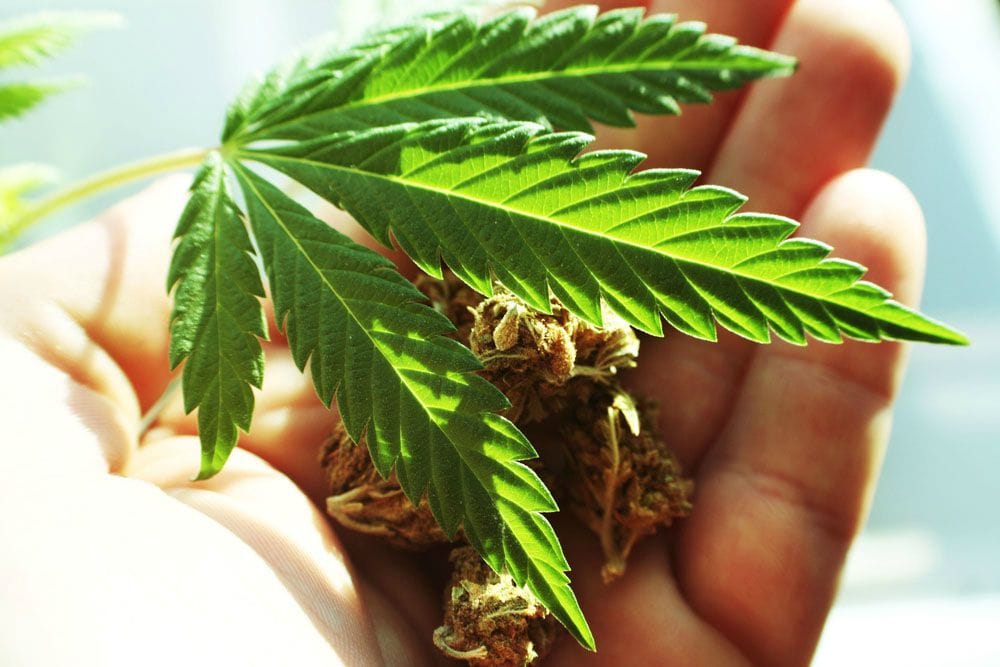By Robert Matylewicz, DO, ABAM, Medical Director at The Ranch PA In recent years, the topic of using medical cannabis instead of prescription painkillers has joined the national conversation surrounding the opioid addiction crisis. Though regular marijuana use comes with risks like addiction and conditions such as marijuana-induced psychosis, proponents of medical cannabis argue that if a person is going to use a substance anyway, it’s the lesser of the evils. Marijuana is still classified by the DEA as a Schedule 1 drug, which means it’s regarded as having no scientifically supported medical use and comes with a high potential for abuse. Despite the DEA’s classification, in states where it’s legal for medical use, marijuana is prescribed for people with issues like chronic pain, seizure disorders, multiple sclerosis and nausea and weight loss associated with diseases including cancer and HIV. With more states moving toward legalizing marijuana for medical and recreational use, medical professionals are being forced to consider if it has a place in the clinical care of their patients.
What the Research Says
Some studies suggest that marijuana may help chronic pain while also curbing the need for opioid painkillers. Here are a few:
- This study published in the International Journal of Drug Policy found that 63% of 271 patients who were prescribed medical cannabis for mental health issues and chronic pain used marijuana to ease symptoms as opposed to their prescribed opioids, antidepressants and benzodiazepines.
- Another study published in the American Journal of Pain surveyed 244 people with chronic pain who used a medical cannabis dispensary and found a self-reported 64% decrease in opioid use as well as a decrease in the number of medications used and side effects.
- A 2014 study published in JAMA Internal Medicine analyzed the association between medical cannabis laws and death certificate data between 1999 and 2010. Findings suggested a correlation among states with medical marijuana laws and lower mortality rates tied to opioid overdoses.
- This study published in the Journal of Drug and Alcohol Dependence examined emergency room records and found legal medical marijuana was associated with 23% and 13% fewer hospitalization instances with regard to opioid dependence or abuse and overdose.
However, we need many more controlled studies before cannabis is readily accepted in the medical community as a scientifically backed therapeutic option. One of the problems is that marijuana has been a controlled substance for so long that there’s just not a lot of research on its medical use. Most of what’s out there is anecdotal at best. The studies also vary by the content of the product they’re consuming and they’re not getting the same type of pain relief across the board.
Is There a Place for Marijuana in Addiction Treatment?
I never say never to anything because there’s always a time you can use something in medicine, but for the clients I work with — no. Marijuana is a psychoactive substance and I don’t see addiction treatment centers ever using this as a form of therapy. We help clients give up substances like heroin and alcohol, and we tell them they can’t smoke weed because it’s psychoactive and has addictive qualities. I certainly don’t ever see it as a frontline product for your cut-and-dry drug and alcohol rehab centers. If someone has a genetic predisposition for addiction, any type of psychoactive substance could become habit-forming and addictive. This is because it relieves anxiety and provides a rewarding type of experience. Any time you start messing with the brain’s reward center, you have the potential for addiction. People with a marijuana use disorder show signs of addiction similar to other substance use disorders such as:
- Drug-seeking/using preoccupation
- Developing a tolerance — needing more quantities to get the desired effect
- Not meeting work, social or family obligations
- Financial and relationship problems
- Inability to decrease or quit use
- Physical withdrawal symptoms when use is discontinued like nervousness, headaches, cravings, insomnia and chills
Where Is Marijuana’s Place in Medicine?
There will always be people with acute and chronic pain, and the medical community will continue to look for the least harmful interventions. Time and more experience will tell what role marijuana plays. We need proper protocols, familiarity and standardization. It’s a treatment modality that’s out there, so we must come to terms with it. Similar to medically assisted suicide, healthcare providers will be forced to learn more about it, and see its role. For instance, we must consider end-of-life comfort measures for people with terminal diseases. Cannabis can also be safer than opioids for people in excruciating physical pain. In these cases, it’s worth a try. While I have never prescribed medical marijuana, the bottom line is, if the choice is opioids or cannabis, we know opioids are not the way to go. The research is clear that opioids are far more addictive than cannabis. There’s not a question that you’re picking the least harmful of the two substances if it must be A or B. We should never exclude anything, but for cannabis to truly be a viable option, more research on its effectiveness is needed and stricter regulations must be in place.

